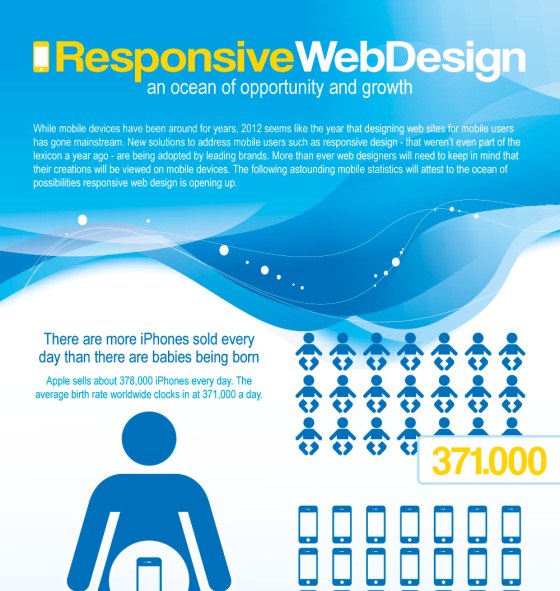Web Site Layout Basics: Tips For Structure A User-Friendly Site
Web Site Layout Basics: Tips For Structure A User-Friendly Site
Blog Article
Article Produced By-Crews Skinner
When it pertains to website design, ensuring user-friendliness is essential. From responsive style to structured navigation, every component plays a critical role in producing a website that caters to your audience's demands. However what about the better details that can make or break a user's searching experience? Keep tuned as my business profile on google reveal some often-overlooked ideas that can elevate your web site's usability to the next level, making it absolutely stand apart in the electronic landscape.
Relevance of Responsive Layout
Responsive layout is a vital element of contemporary website advancement. Ensuring your web site is responsive ways that it can adjust to various display sizes and tools, offering a seamless experience for customers.
With the enhancing use of mobile phones and tablets to access the internet, having a responsive layout is essential for reaching a bigger target market. It assists in improving user experience by making your site easy to navigate and keep reading any device.
Furthermore, responsive layout can positively impact your online search engine positions, as internet search engine like Google prioritize mobile-friendly websites. By having a responsive style, you're additionally future-proofing your website, as new devices with varying screen sizes remain to emerge.
Simplify Navigation Structure
To enhance customer experience and assist in simple access to information on your web site, improving the navigating framework is vital. When creating Suggested Site , concentrate on producing a clear and instinctive navigation menu that assists site visitors discover what they're trying to find swiftly.
Limitation the variety of menu items to the essentials, organizing relevant web pages together to stay clear of frustrating individuals. Use detailed tags that clearly suggest the content of each page, making it easier for customers to comprehend where each link will take them.
Think about implementing dropdown food selections for subcategories to avoid cluttering the major navigating bar. Furthermore, include a search bar prominently on the page for customers that like looking for particular information.
Focus on mobile responsiveness in your navigation layout to make sure easy access on all tools.
Maximize Page Load Speed
Improving web page tons rate is important for maintaining site visitors on your internet site. Slow-loading local organic seo annoy customers and can result in high bounce prices. To optimize web page tons rate, begin by enhancing photos. Compress photos without endangering high quality to minimize their documents dimensions.
Additionally, allow browser caching to store frequently accessed sources locally, speeding up load times for returning site visitors. Minify CSS, JavaScript, and HTML files by getting rid of unneeded personalities, comments, and format, improving load rate.
Take into consideration using a content distribution network (CDN) to distribute your website's content across several servers worldwide, decreasing latency for users accessing your site from various places. Last but not least, restrict the use of third-party manuscripts and plugins, as they can considerably impact tons times.
Final thought
In conclusion, by including receptive design, simplifying navigation, and enhancing web page tons speed, you can create a straightforward web site that attract a bigger target market and enhances user experience. These essential elements make sure that visitors can conveniently gain access to and navigate your website throughout different gadgets, resulting in raised interaction and fulfillment. By concentrating on these essential facets, you can construct an effective site that keeps individuals returning for more.
